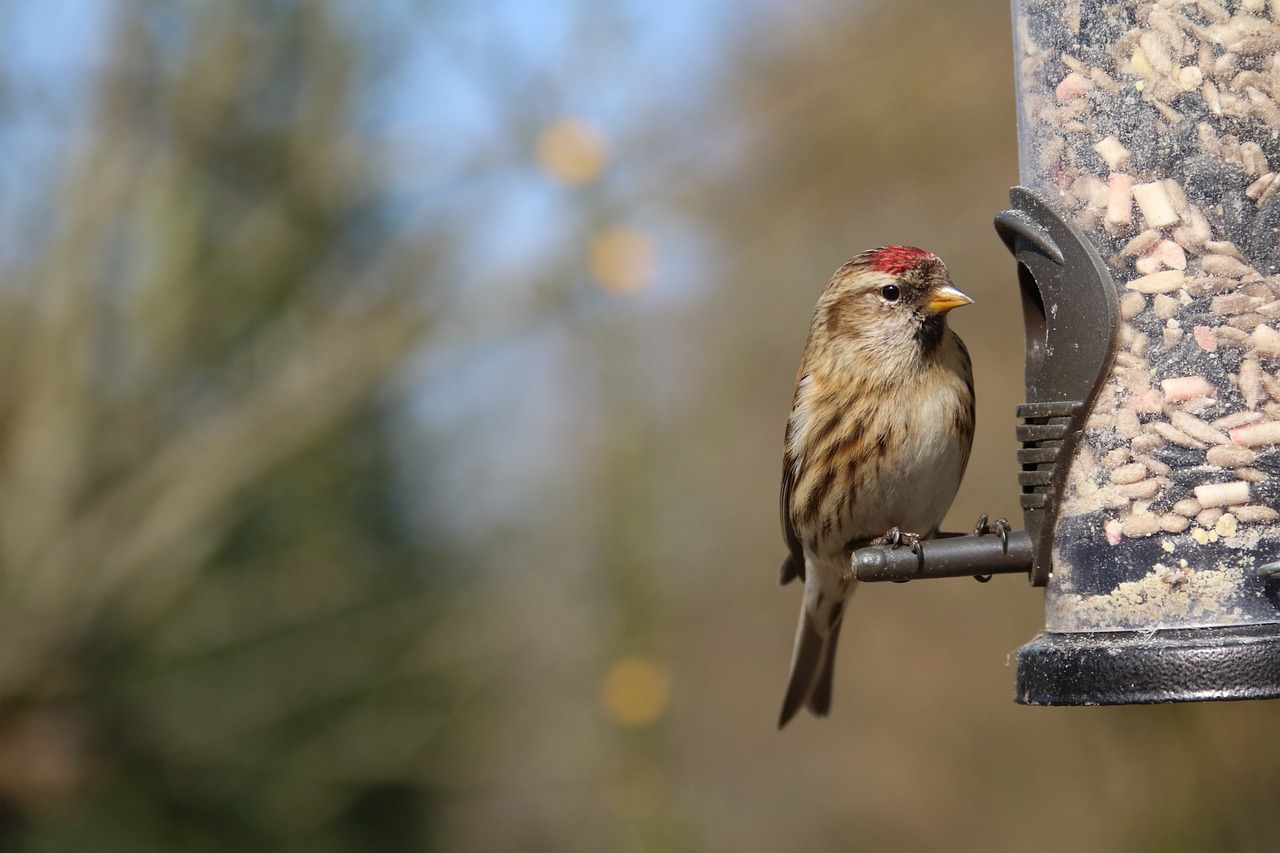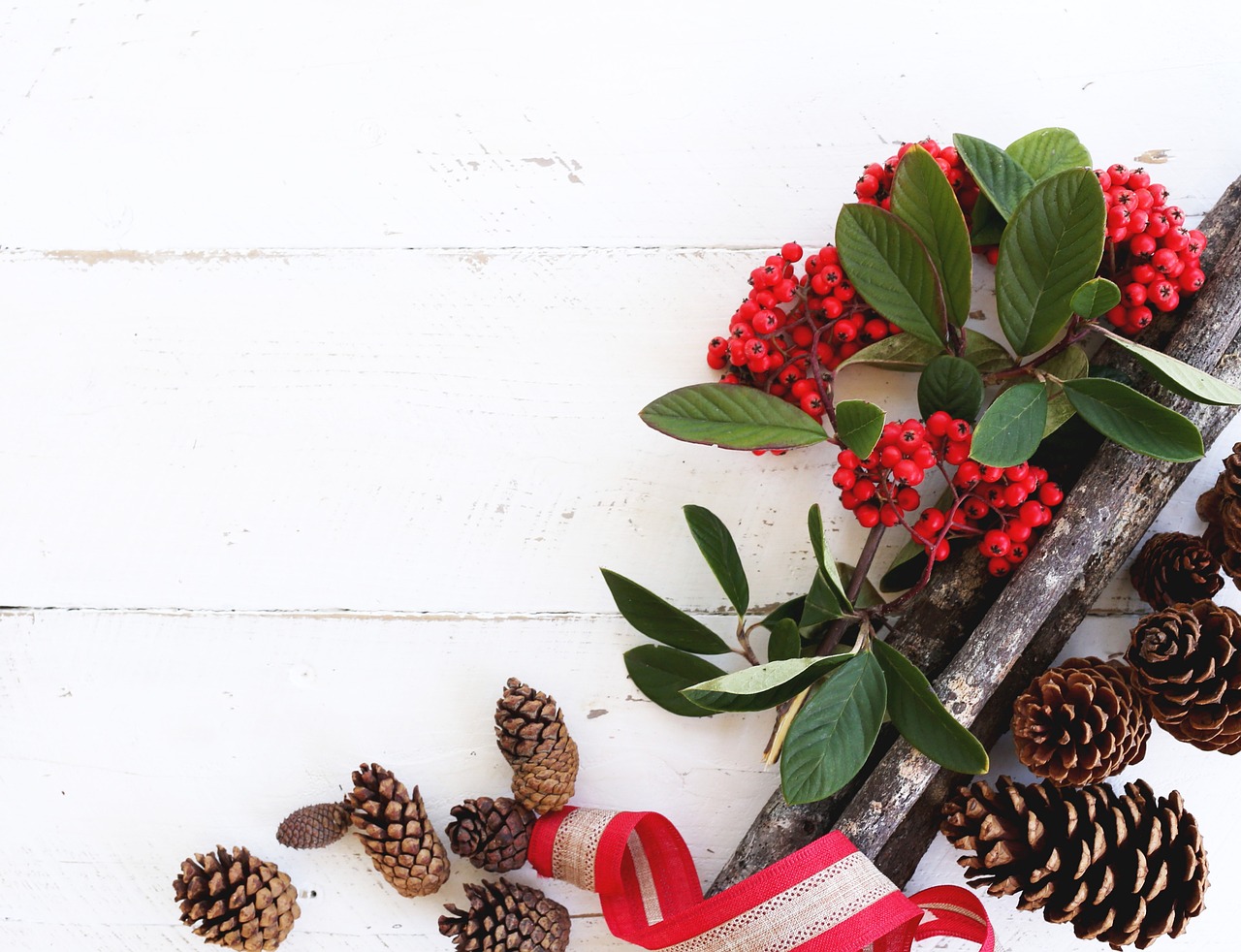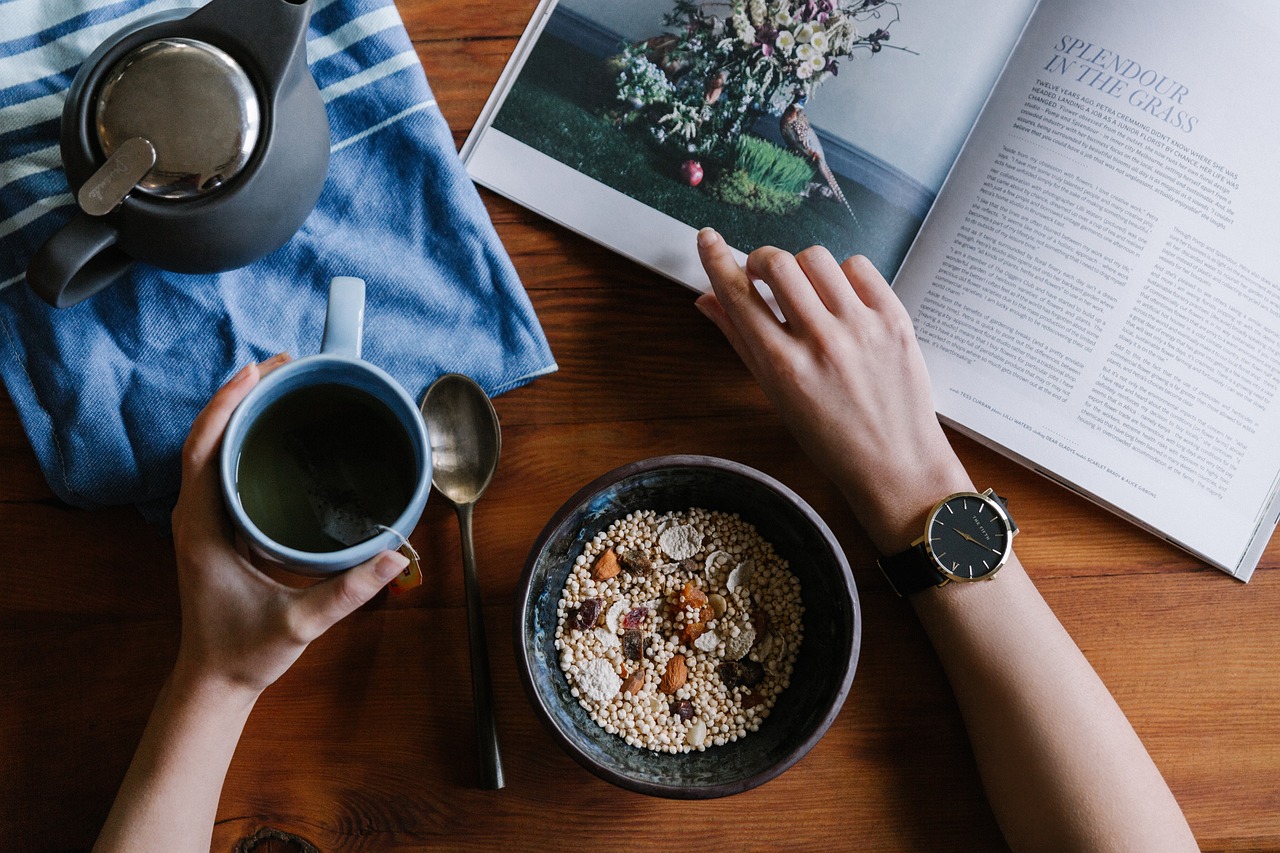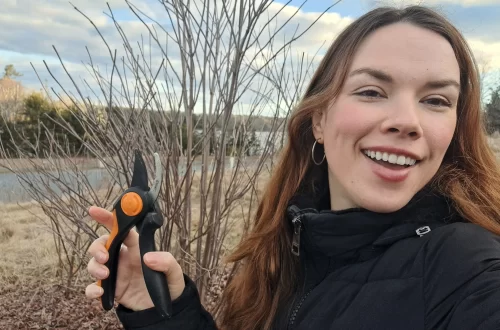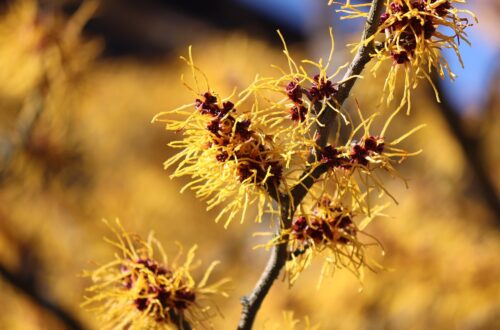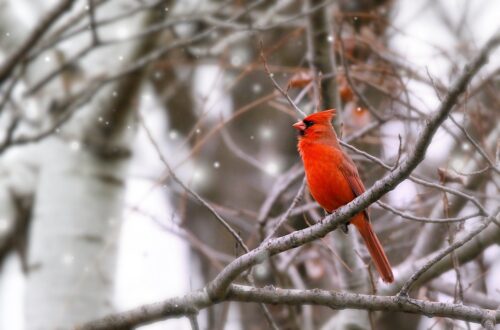Berry-producing shrubs and stocked bird feeders can make all the difference for wildlife in winter gardens!
During winter, food and water are scarce and it’s much harder for cold weather birds and other wildlife to find the resources they need. Many animals and insects hunker down and hibernate through the winter months, but even these slumbering creatures need safe shelter to help them survive until spring. If you love pollinator gardening but want to do even more to help wildlife, this guide will teach you how to create a winter wildlife habitat for birds and other animals!
Affiliate disclosure: As an Amazon Associate, I may earn commissions from qualifying purchases.
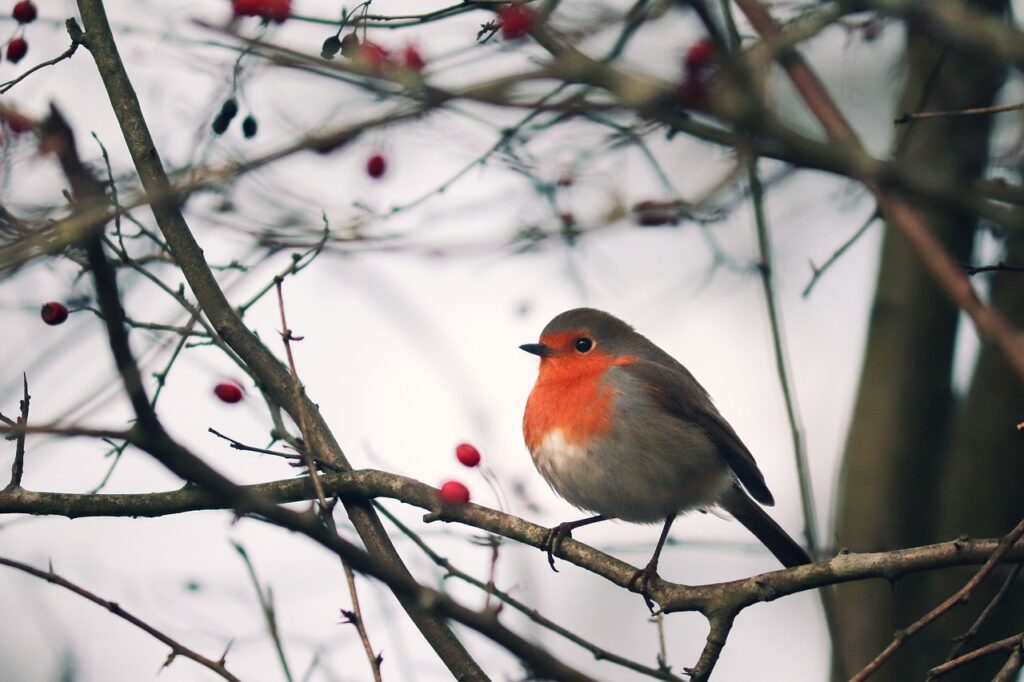
10 Easy Ways to Help Birds and Other Animals with a Winter Wildlife Garden
When it comes to attracting pollinators and maintaining a successful wildlife habitat garden, it’s important to plan for all four seasons. That means growing flowers in spring, summer and fall, but it also means making your garden useful to wildlife in winter. You don’t need to follow all of the suggestions below to make your garden attractive to wildlife, but the more wildlife-friendly components you include in your space, the more irresistible your garden will be during winter!
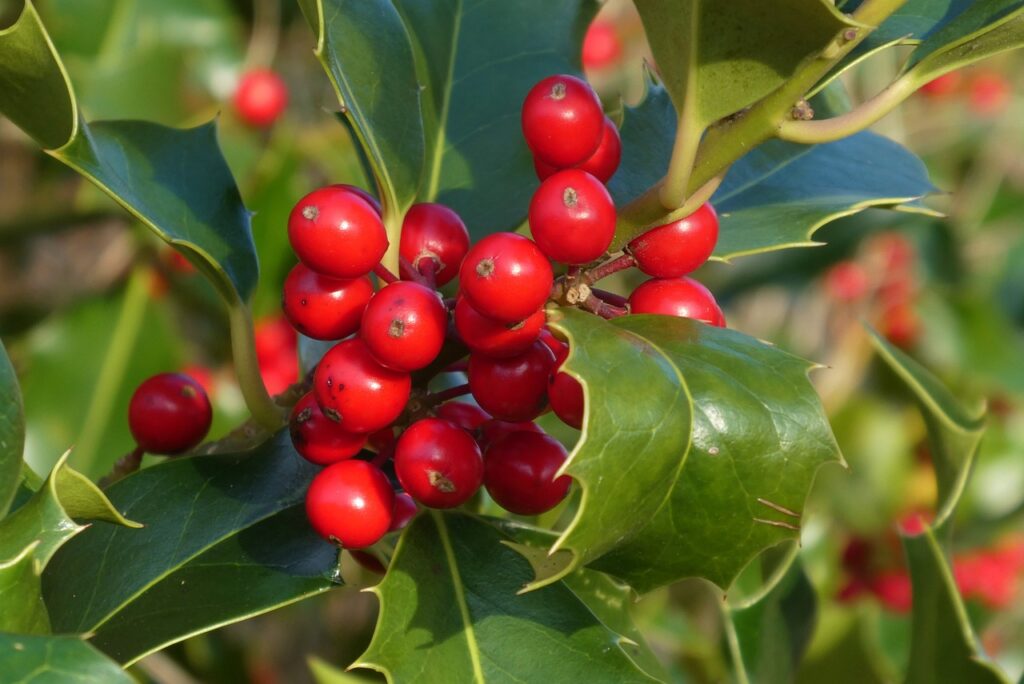
1. Grow winter interest plants.
Winter interest plants are plants that remain colorful and attractive during the winter months. These plants are often grown for aesthetic purposes and they boast evergreen leaves, colorful berries or large and showy seed heads. But these plants also offer tons of benefits to wildlife in winter gardens!
What winter interest plants will work best for you will depend on your growing zone and your gardening style. Evergreen trees are always a safe bet as they keep their leaves in winter and their dense branches provide natural shelter for winter birds and other critters. Shrubs that yield winter berries and seed-bearing plants are also must-haves.
For best results, seek out trees, shrubs and plants that are native to your growing region, such as:
- Spruce
- Pine
- Holly
- Chokecherry
- Winterberry
- Viburnum
- Ornamental grasses
- Coneflower
- Black eyed Susan
- Bee balm
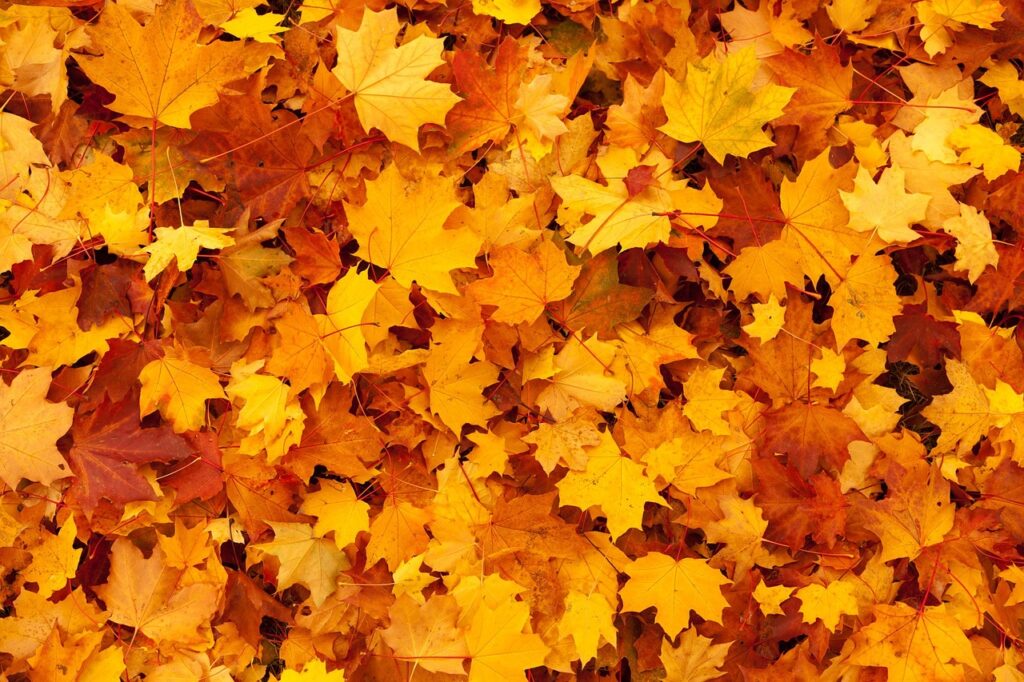
2. Leave the leaves.
If you love a tidy looking garden, it can be tempting to clean up all of the leaves in your flower and vegetable beds in autumn. But hold that thought! Many insects and other animals hibernate in leaf litter and cleaning garden beds too thoroughly can leave these animals exposed when snow starts falling.
Instead, don’t be overly zealous about autumn garden cleanup. Only cleanup plant debris that you absolutely need to remove in fall (such as diseased plant matter) and wait until spring to do a more significant tidying. This will ensure that there are plenty of leaves left behind to provide shelter for insects and native bees (and reduce some of your fall gardening chores too!)
Tip: If it’s not possible to leave autumn leaves in place, pile them up in an out of the way location or add them to a cold composting pile where insects will make use of them!
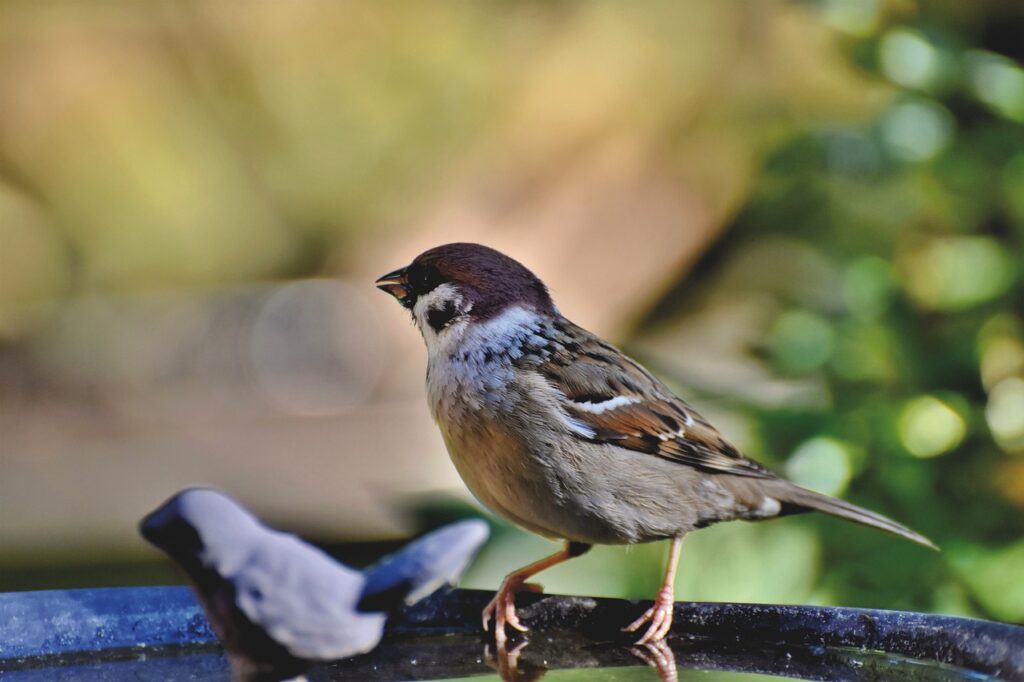
3. Add a heated bird bath.
Aside from food resources, animals also need a reliable source of water in winter. However, many natural water resources are frozen solid at this time of the year.
To help out winter birds and other wildlife, consider installing a heated bird bath or add a water defroster to an existing bird bath if that’s easier. These devices keep water temperatures just above freezing, but not so warm that they waste electricity. If you love birdwatching, you may want to install a heated bird bath right on your deck railing for super easy bird viewing!
Tip: Place a few small stones on one side of your bird bath to act as a simple “ladder” to help small animals escape if they accidentally fall in the water!
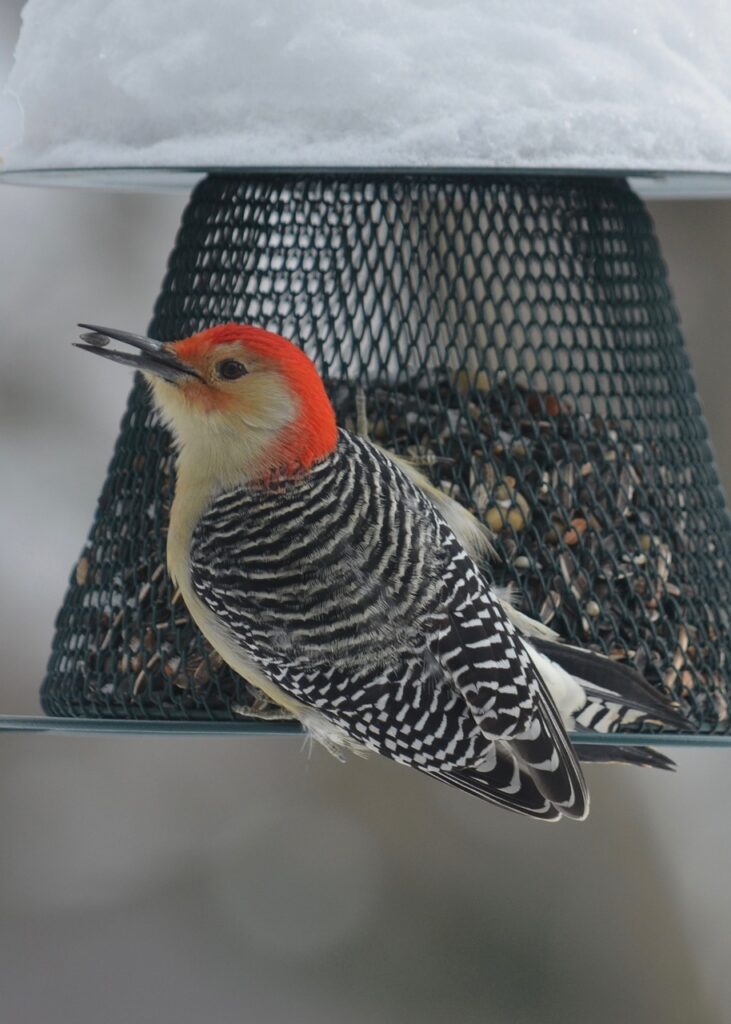
4. Keep winter bird feeders full.
Feeders offer supplemental food to birds throughout the year, but bird feeding in the winter is even more important as deep snow can make it hard for birds to forage for seeds. To appeal to different birds species, try installing a variety of different bird feeders and use different bird seed types. And, of course, don’t forget to keep an eye on your feeders and fill them up regularly so that birds will have a snack whenever they need it.
Being consistent with bird feeders will help birds to recognize your yard as a safe and reliable place to feed. If you love birdwatching, you may want to take advantage of this by making a habit of observing birds every morning with a steaming cup of coffee and a nature journal to keep track of the species you see!
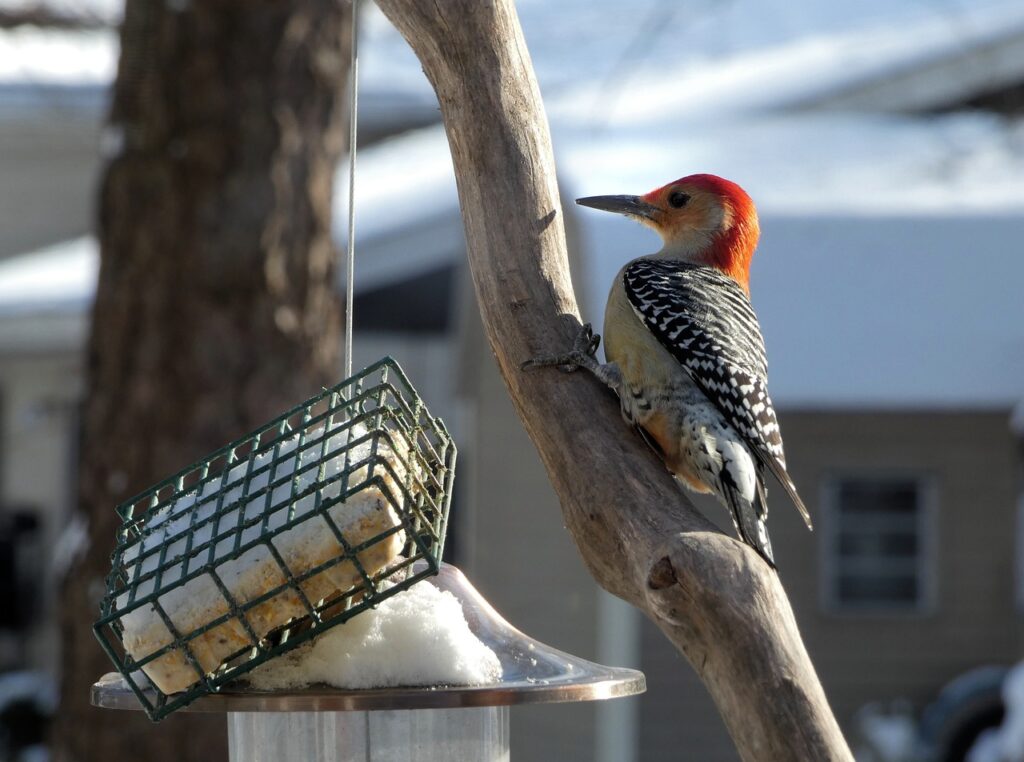
5. Try suet.
Suet can be enjoyed by birds throughout the year, but it’s especially appealing to wildlife in winter due to its high fat content. Suet cakes have a lot of calories, which birds can use to keep themselves warm when they need it most. If you love DIY, you can make your own suet with rendered fat and bird seed mix!
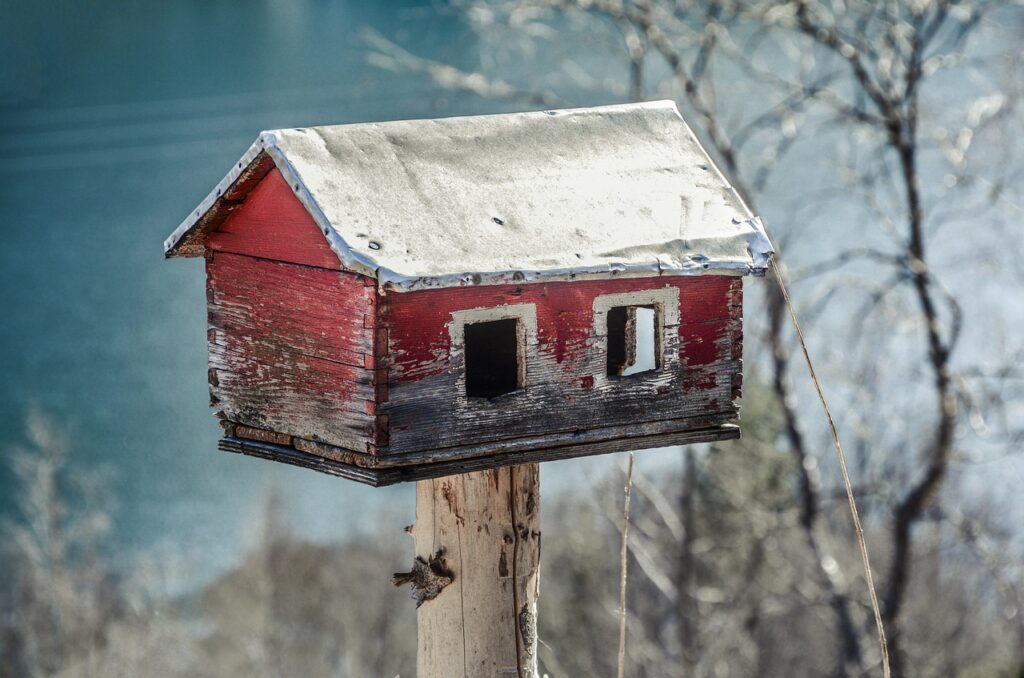
6. Install winter bird houses.
During winter, many birds roost in evergreen trees or in the hollows of tree snags. But when temperatures drop, birds may also seek shelter in bird houses. Adding these structures to your garden can make your property more appealing to resident birds in winter and birds will nest in them in spring too!
Tip: If you want to help out birds even more, consider adding a roosting box, which is a bigger version of a birdhouse and it gives birds a cozy space to roost during the day. You may also want to add a bee hotel for solitary bees, bat houses for hibernating bats and an owl house for cavity nesting owls, like screech owls!
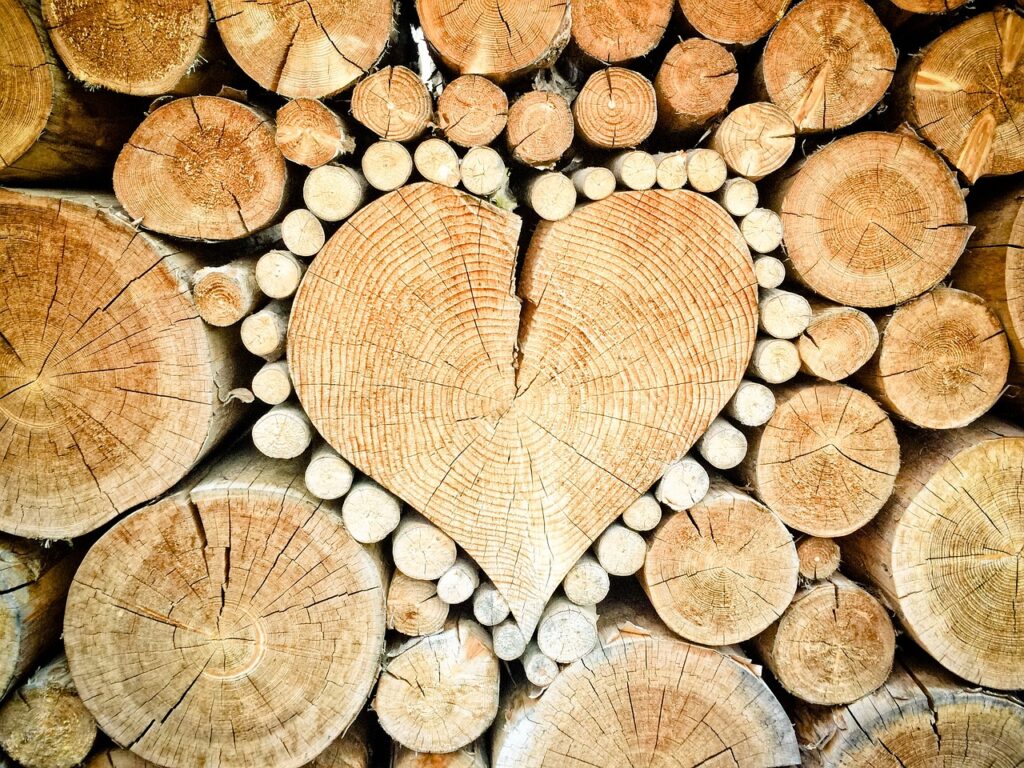
7. Make a wood or brush pile shelter for wildlife.
Many people think that all bees live in hives, but most North American native bees are solitary species that overwinter in old leaf litter, hollow twigs or burrows in the soil. Wood piles and brush piles can provide a winter habitat for these slumbering insects… but small animals like chipmunks and some birds may also make use of them!
If the idea of creating wildlife shelters of this sort appeals to you, you may also want to create a “bug snug” and grow plants like purple flowering raspberry, which has hollow stems for insects to nest in!
Tip: If you use logs from your wood pile to fuel your fireplace and woodstove, check logs over carefully and give them a tap or two to make sure nothing is hiding inside before you add them to the fire!
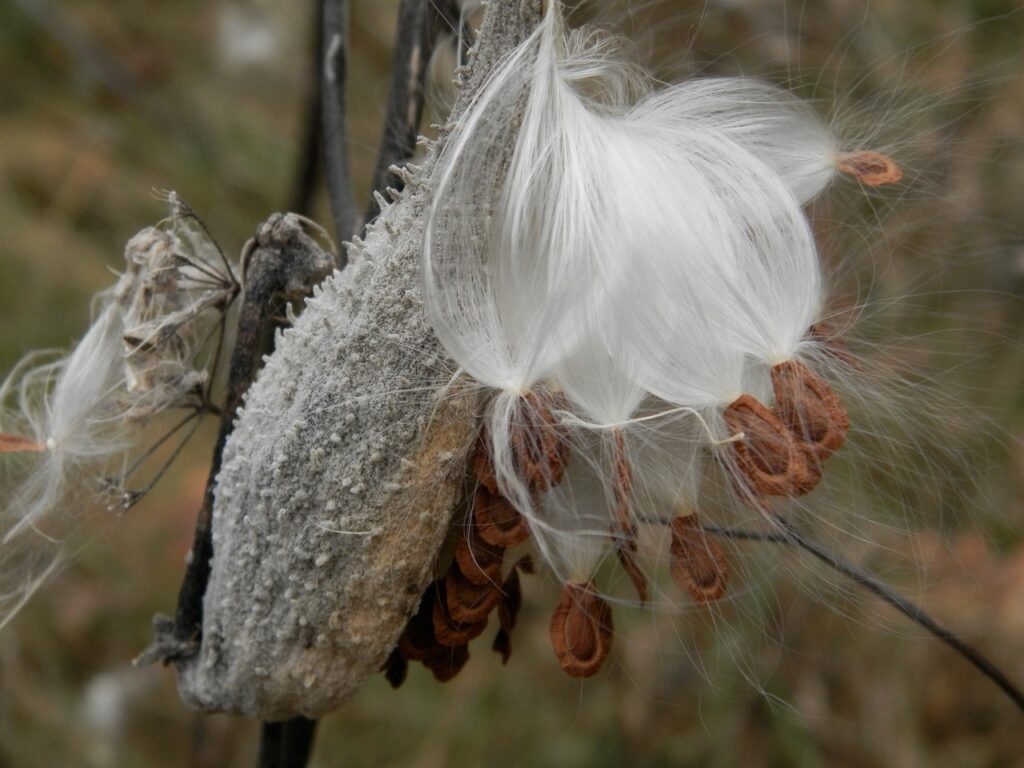
8. Sow native plant seeds.
Most gardeners don’t think about planting seeds in winter, but chilly winter days can be the perfect time to plant native plants that need cold stratification! I have a full guide on how to sow native plant seeds in milk jugs, but many seeds can also be directly sown in garden beds in winter as long as the soil is accessible (and not covered in a foot of snow!)
Planting wildflower seeds outdoors when the weather is cool is an alternative to cold stratification and it can cut down on the amount of planting you need to do in spring. Simply prepare your planting spot by raking away leaves and weeds (if needed). Then scatter the seeds and rake over the area gently to tuck the seeds into the soil.
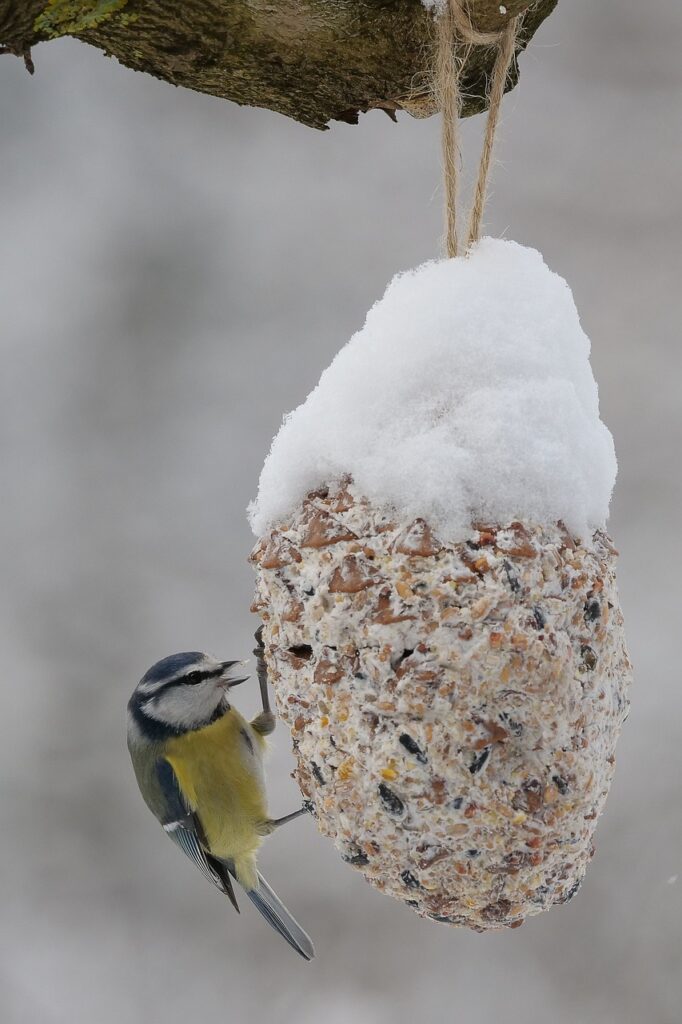
9. Craft natural ornaments for birds.
If you love DIY and crafting, why not make ornaments for birds while you’re cooped up inside.
Pinecones slathered in peanut butter and rolled in bird seed are so easy to make that young children can create them. You can also freeze bird seed and water in old cookie trays, hollow out orange halves and use them to hold seed, or make popcorn garlands. After that, hang your DIY bird ornaments up in a tree and wait for the birds to find them!
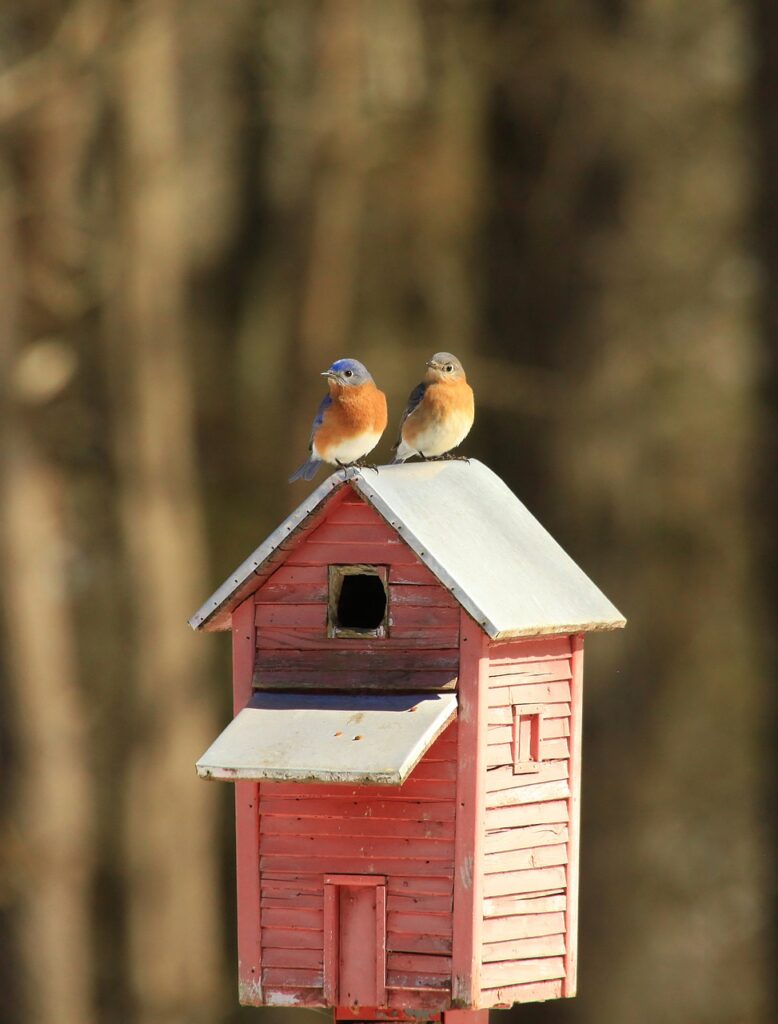
10. Clean out old nesting boxes.
Winter is the perfect time to get a jumpstart on your spring garden. And one easy way to do that is to clean out birdhouses so they’ll be ready for nesting birds when spring arrives!
To clean out bird houses, scoop out old nests and other debris in late winter to early spring, before migrating birds return. Use a stiff brush to get the gunk out and then spray the interior with a 10% bleach solution (1 part bleach to 9 parts water). Don’t use soap though, as some soaps can harm birds.
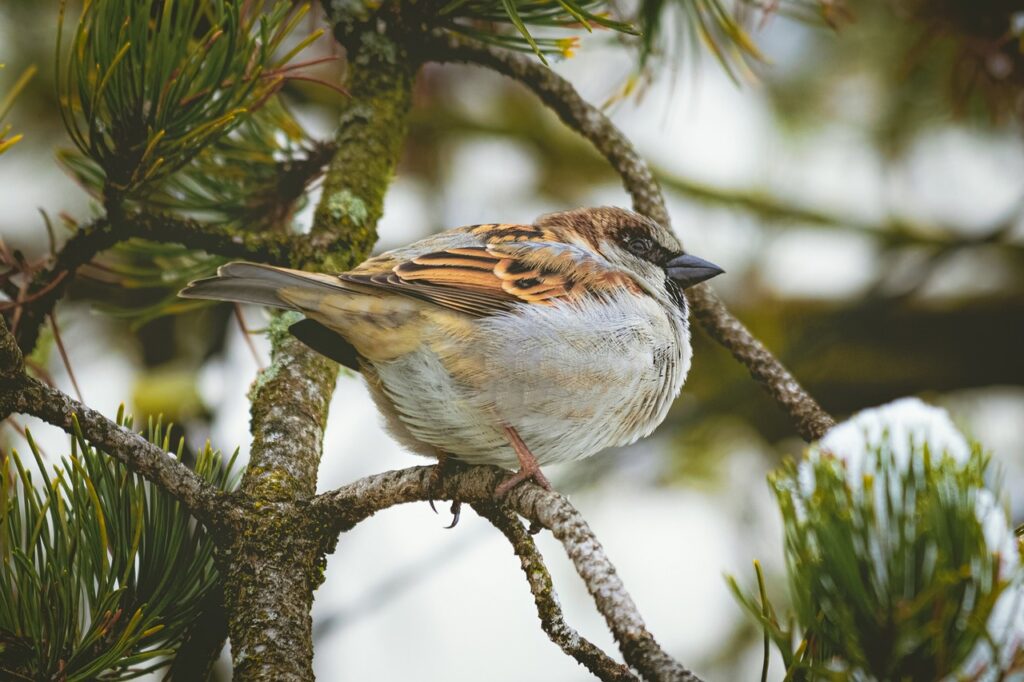
Frequently asked questions
What birds are active in the winter?
Some birds migrate south in winter, but “resident birds” stick around all year. What birds are residents in your area will vary depending on where you live, but cardinals, blue jays, crows and nuthatches are some of the most common species you may spot at bird feeders in winter.
How do you attract birds to your winter garden?
Providing food, water and shelter is the best way to lure birds to your winter garden. That means growing plants with winter seeds and berries, installing bird feeders and birdhouses and adding a heated bird bath too!
Do birds need birdhouses in winter?
Birds typically use birdhouses to raise their young during spring and summer. But some birds may also shelter in birdhouses during winter as well. Roosting boxes can also be installed in winter gardens and these larger birdhouses provide perching spots for birds during chilly winter days!
